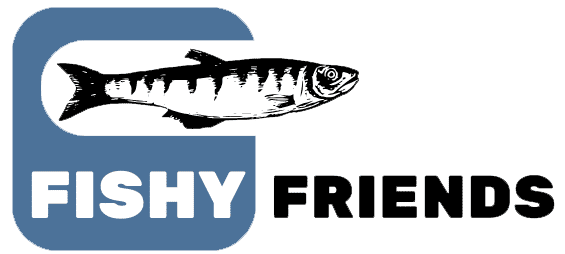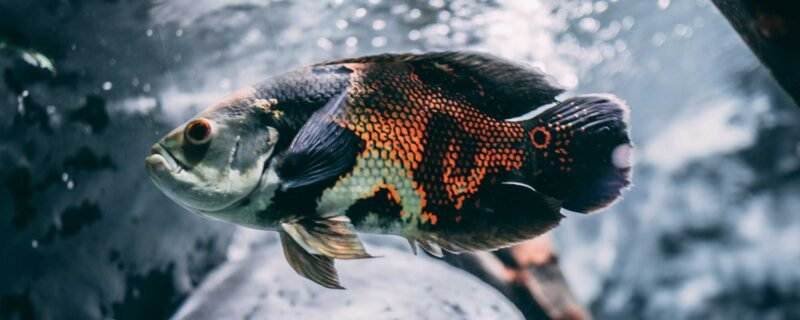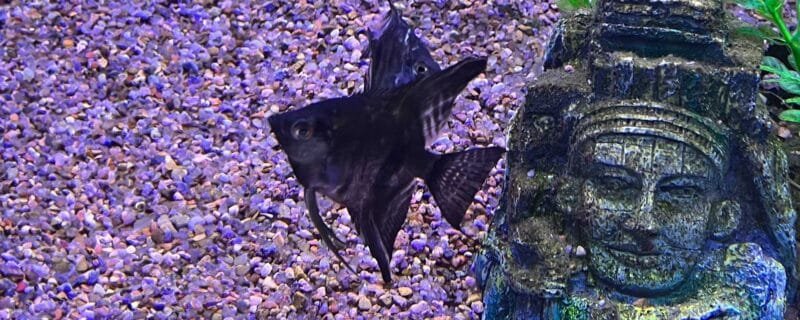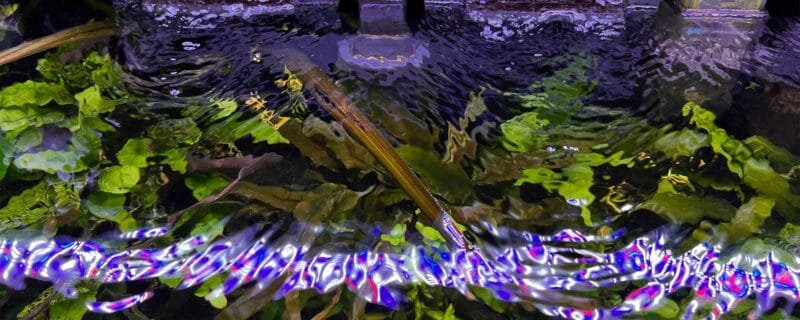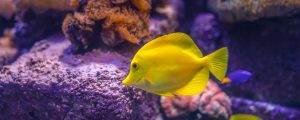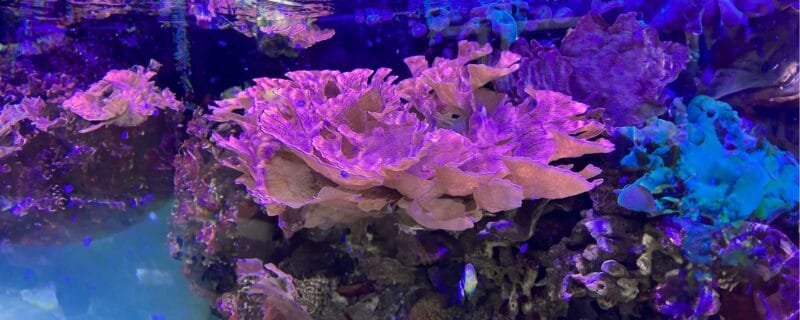The Cockatoo Dwarf Cichlid, scientifically known as Apistogramma cacatuoides, is one of the most beloved species of dwarf cichlids in the aquarium hobby. Its combination of bright coloration, engaging behavior, and manageable care requirements make it a favorite among aquarists of all experience levels. Native to the slow-moving, tannin-stained waters of the Amazon Basin, this species thrives in well-maintained aquariums that mimic its natural environment.
Native Range and Habitat
Apistogramma cacatuoides is native to South America, particularly in Peru and Brazil, within the Ucayali and Amazon river systems. In the wild, these fish inhabit shallow, slow-flowing creeks and tributaries shaded by dense vegetation. The substrate is typically sandy, littered with leaf debris, roots, and branches, creating soft, acidic water rich in tannins. These conditions help to protect them from predators while offering ample breeding and feeding grounds.
In the aquarium, replicating this environment with leaf litter, driftwood, and plants creates a more natural and stress-free setting that encourages healthy behavior and coloration.
Size and Lifespan
Cockatoo Dwarf Cichlids are small and manageable fish, growing to an adult size of approximately 2.5 to 3.5 inches (6–9 cm). Males are usually larger and more flamboyantly colored than females, often displaying elongated dorsal and tail fins. When kept in optimal water conditions with a nutritious diet, they can live up to 5 years or longer.
Ease of Care
Apistogramma cacatuoides is often considered moderately easy to care for, especially for aquarists with some experience keeping cichlids. Their small size and peaceful nature make them an excellent choice for community aquariums, provided their tank mates are compatible and water quality remains stable.
They are adaptable to a range of water conditions but prefer soft, slightly acidic water. Consistent water changes, a stable environment, and a diet rich in protein are key to maintaining their health and vivid coloration.
Ideal Water Conditions
To replicate their natural habitat and ensure optimal health, aim for the following parameters:
-
Temperature: 24–28°C (75–82°F)
-
pH: 6.0–7.5
-
Water Hardness: 2–15 dGH
-
Tank Size: Minimum 20 gallons for a pair
A planted aquarium with sand substrate, driftwood, and caves (like coconut shells or clay pots) provides both shelter and breeding areas. Adding Indian almond leaves or other tannin sources enhances the natural feel and slightly lowers pH.
Diet
Cockatoo Dwarf Cichlids are omnivorous but prefer a protein-rich diet. In the wild, they feed on small insects, crustaceans, and worms. In captivity, they accept a variety of foods, but a balanced diet is essential for their health and coloration.
Recommended foods include:
-
High-quality pellets or granules designed for cichlids
-
Frozen or live foods such as brine shrimp, daphnia, bloodworms, and blackworms
-
Occasional vegetable-based flakes for variety
Feed small amounts 1–2 times daily, ensuring food does not accumulate and degrade water quality.
Sexing and Dimorphism
Sexual dimorphism in Apistogramma cacatuoides is striking:
-
Males: Larger, more vividly colored with orange, red, or yellow accents. Their dorsal and caudal fins are elongated and “cockatoo-like,” giving the species its name.
-
Females: Smaller, rounder, and more subdued in coloration, typically yellowish with black markings, especially during breeding.
The clear distinction between sexes makes it easy to form breeding pairs.
Breeding
Breeding Cockatoo Dwarf Cichlids is both fascinating and achievable in a well-prepared environment. They are cave spawners, with females taking the lead in guarding eggs and fry.
Breeding setup:
-
Provide small caves or upturned flower pots as spawning sites.
-
Keep water soft (around 4–8 dGH) and slightly acidic (pH around 6.5).
-
Maintain a temperature of 78–82°F (25–28°C) to trigger spawning behavior.
The female lays 20–60 eggs inside the cave, where she guards them diligently while the male patrols the territory. Eggs typically hatch in 3–4 days, and fry become free-swimming within a week. At this stage, feed them infusoria or newly hatched brine shrimp.
Parental care is strong, with females showing impressive nurturing behaviors.
Tank Mates and Compatibility
Cockatoo Dwarf Cichlids are relatively peaceful for cichlids but can become territorial, especially during breeding. Choose tank mates that are calm and non-aggressive, ideally occupying other areas of the tank.
Good tank mates include:
-
Small tetras (e.g., neon tetras, ember tetras)
-
Corydoras catfish (peaceful bottom dwellers)
-
Otocinclus catfish
-
Small rasboras
-
Peaceful dwarf gouramis or livebearers
Avoid aggressive or fin-nipping species and large cichlids that may intimidate or harm them.
Behavior and Personality
Apistogramma cacatuoides exhibit a curious and social demeanor. Males display stunning courtship behavior, flaring their fins and showing off vibrant colors to attract females. They are intelligent fish that often recognize their owners and interact during feeding time.
When housed in a properly structured aquarium with visual barriers and hiding spots, their natural behaviors—territorial displays, gentle foraging, and family care—shine through beautifully.
Species Variations and Color Morphs
Through selective breeding, aquarists have developed several stunning color morphs of Apistogramma cacatuoides. Some of the most popular include:
-
Double Red: Bright red on the dorsal and tail fins.
-
Triple Red: Extensive red on multiple fins, a favorite among hobbyists.
-
Orange Flash: Vibrant orange highlights on fins and body.
-
Super Red: Intense, full-body red coloration.
These variations maintain the same care requirements as the wild type but offer even more eye-catching displays.
Albino Version
The Albino Cockatoo Dwarf Cichlid is a rare but captivating variant. It retains the species’ elegant fin structure but lacks pigmentation, resulting in a pale cream or white body with subtle pink or orange hues and red eyes.
While slightly more sensitive to lighting and stress, Albino variants thrive under the same conditions as standard forms, provided the aquarium offers shaded areas and stable water parameters.
Relatives in the Genus Apistogramma
Apistogramma cacatuoides belongs to the Apistogramma genus, a large and diverse group of South American dwarf cichlids. Relatives include:
-
Apistogramma agassizii (Agassiz’s Dwarf Cichlid)
-
Apistogramma borellii (Umbrella Cichlid)
-
Apistogramma trifasciata (Three-Stripe Apisto)
-
Apistogramma nijsseni (Panda Dwarf Cichlid)
Each species has unique coloration and temperament, but all share similar environmental and dietary needs.
FAQs about Apistogramma cacatuoides
1. Can Cockatoo Dwarf Cichlids live in community tanks?
Yes, they can thrive in community tanks with peaceful species. Avoid aggressive fish or those that may outcompete them for food or territory.
2. How can I encourage my Apistogramma cacatuoides to breed?
Provide caves, maintain slightly acidic water (pH 6.5–7.0), and offer live or frozen foods to condition them. Raising the temperature slightly can also trigger spawning.
3. What’s the difference between Double Red and Triple Red variants?
The difference lies in the extent of red coloration—Double Reds have red primarily on the dorsal and caudal fins, while Triple Reds display more extensive red on multiple fins and often on the body.Conclusion
The Cockatoo Dwarf Cichlid (Apistogramma cacatuoides) is a spectacular freshwater fish that combines color, intelligence, and personality. Its adaptability, manageable size, and rewarding breeding behavior make it an ideal centerpiece for small to medium aquariums. Whether you’re a beginner exploring dwarf cichlids or an experienced aquarist seeking a showpiece, this species never fails to impress.
